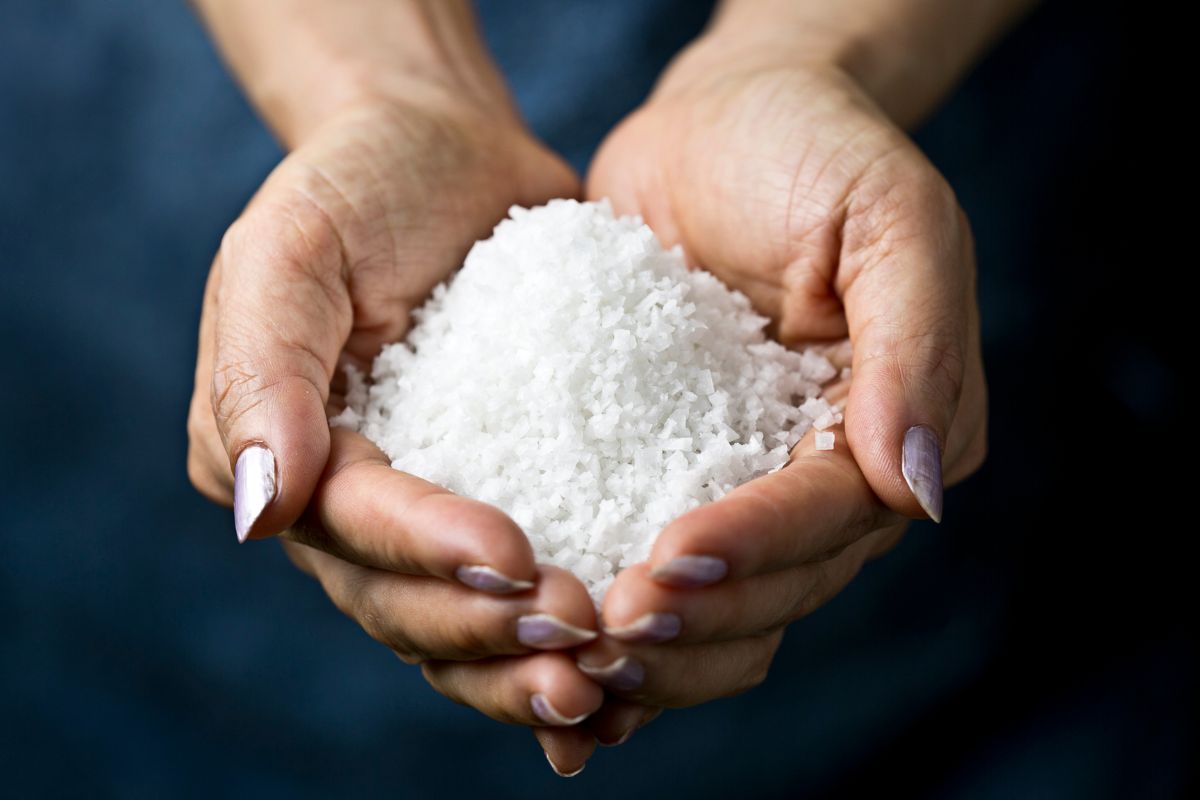People may avoid using seasoning salt in their diets for various reasons, such as having high blood pressure, kidney problems, heart disease, or simply because they want to reduce their overall sodium intake. There are several salt-free seasonings to consider, such as taco, Italian, or fajita seasoning.
Table of Contents
Why would you use salt-free seasoning?
Salt contains sodium, and consuming too much can cause fluid retention, increase blood pressure, and raise the risk of heart disease and stroke.
Fortunately, many salt-free seasoning options can still add flavor to meals. Some popular no-salt or sodium-free spices include:
- Spice blends: Herbs and spices are a great way to flavor food without adding salt. Examples include basil, thyme, oregano, paprika, cumin, and rosemary.
- Citrus: Squeezing lemon or lime juice over food can add a tangy flavor without adding salt.
- Vinegar: Vinegar can be used instead of salt to flavor salads, marinades, and sauces.
- Garlic & herb/garlic & onion: Using garlic and onion or herbs can add depth of flavor to dishes without relying on salt.
- Salt substitutes: Many salt substitutes, such as potassium chloride, are available on the market. These options can be used to replace salt in recipes.
Another alternative is to start looking for foods that don’t require too much salt:
- Grains
- Eggs
- Fruits
- Veggies
What are the best salt-free seasonings?
These salt-free seasoning blends are so good you won’t miss the sodium chloride. And there’s something for everyone. Check out some of the blends below:
- Italian seasoning mix
- Fajita seasoning
- Ranch seasoning
- Curry spice mix
- Taco seasoning
1. Italian Seasoning mix
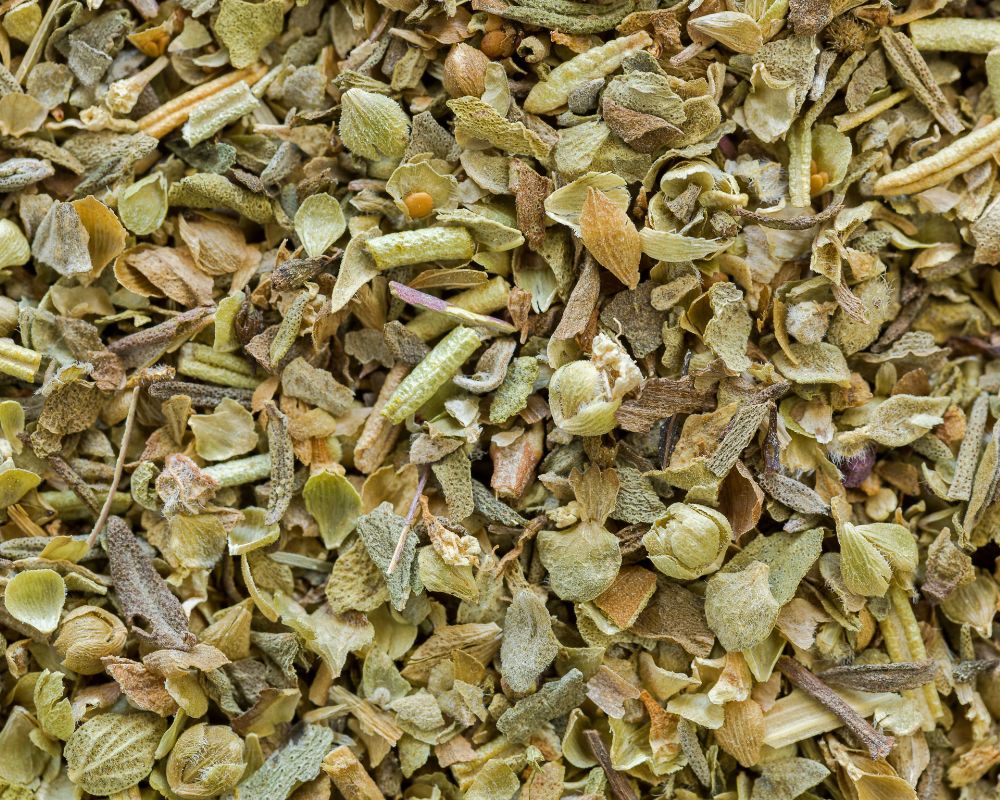
- 1 tablespoon dried basil (earthy, slightly sweet)
- 1 tablespoon dried oregano (slightly bitter, pungent)
- 1 tablespoon dried thyme (sweet, slightly minty)
- 1 tablespoon dried rosemary (piney, resinous)
- 1 tablespoon dried marjoram (slightly sweet, citrusy)
This blend of herbs creates a classic Italian flavor, perfect for pasta dishes, pizza, or roasted vegetables.
2. Fajita Seasoning

- 1 tablespoon chili powder (earthy, smoky)
- 1 teaspoon ground cumin (earthy, slightly bitter)
- 1 teaspoon smoked paprika (smoky, sweet)
- 1/2 teaspoon garlic powder (savory, slightly sweet)
- 1/2 teaspoon onion powder (sweet, slightly tangy)
- 1/4 teaspoon cayenne pepper (spicy, slightly sweet)
This seasoning blend adds a bold, smoky flavor to fajitas, tacos, or grilled meats and vegetables.
3. Ranch Seasoning

- 1 tablespoon dried dill (herbaceous, slightly sweet)
- 1 tablespoon dried parsley (slightly bitter, fresh)
- 1 tablespoon onion powder (sweet, slightly tangy)
- 1 teaspoon garlic powder (savory, slightly sweet)
- 1 teaspoon dried chives (mild onion flavor)
This blend of herbs and spices creates a classic ranch flavor, perfect for dressings, dips, or seasoning roasted potatoes.
4. Curry spice mix
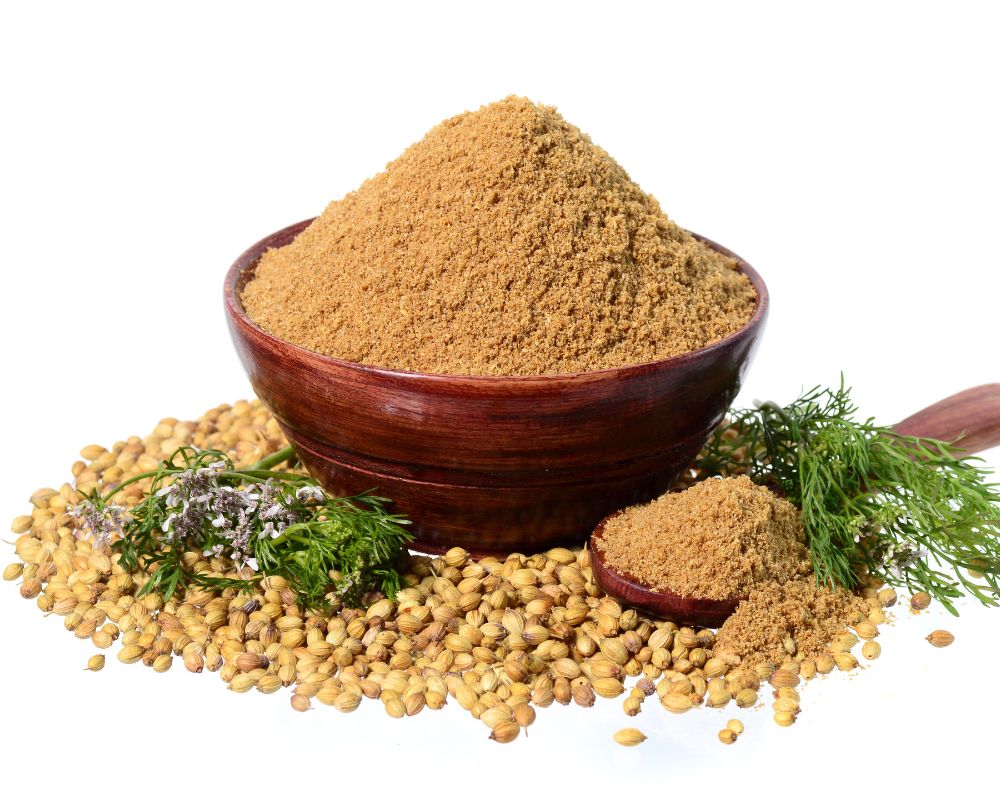
- 1 tablespoon ground cumin (earthy, slightly bitter)
- 1 tablespoon ground coriander (citrusy, slightly sweet)
- 1 tablespoon turmeric (earthy, a little bitter)
- 1 teaspoon ground ginger (spicy, slightly sweet)
- 1/2 teaspoon ground cinnamon (sweet, slightly spicy)
- 1/4 teaspoon cayenne pepper (spicy, slightly sweet)
This blend of spices creates a warm, aromatic curry flavor, perfect for Indian-inspired dishes or roasted vegetables.
5. Taco Seasoning
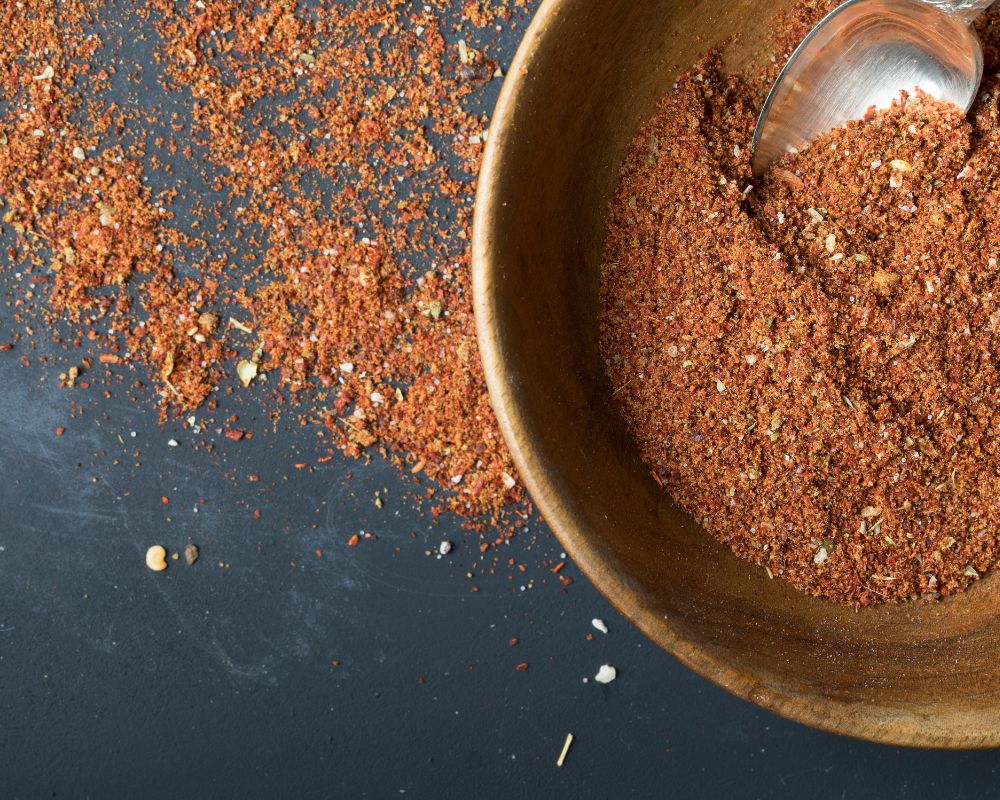
- 1 tablespoon chili powder (earthy, smoky)
- 1 teaspoon ground cumin (earthy, slightly bitter)
- 1 teaspoon garlic powder (savory, slightly sweet)
- 1/2 teaspoon onion powder (sweet, slightly tangy)
- 1/2 teaspoon smoked paprika (smoky, sweet)
- 1/4 teaspoon cayenne pepper (spicy, slightly sweet)
This seasoning blend can add a bold, smoky flavor to tacos, burritos, or bbq meats and vegetables.
What are the benefits of a salt-free diet?
A salt-free diet can have several potential benefits, including reducing the risk of:
- High blood pressure
- Heart disease
- Stroke
It can also help improve overall kidney function and reduce water retention.
However, it is essential to note that a completely salt-free diet is not recommended for most people, as the body needs some sodium for proper functioning. Instead, a balanced and moderate approach to salt intake is best for optimal health.
How can I still get a salty taste without salt?
There are a few ways to get a salty taste without salt. One option is to use spices and herb seasoning with a salty flavor, such as:
- Celery seed
- Lemon pepper
- Herb salt
- Cumin
- Lime seasoning
- Bell pepper
- Sesame seeds
- Garlic pepper seasoning
Another option is to use acids, such as lemon juice or vinegar, to enhance the flavors of your food. You can also try using a low-sodium salt substitute, which typically contains potassium chloride instead of sodium chloride.
When in doubt, your best bet is to consult with a healthcare professional before making significant changes to your diet.
The best spice for meats to get a salty taste
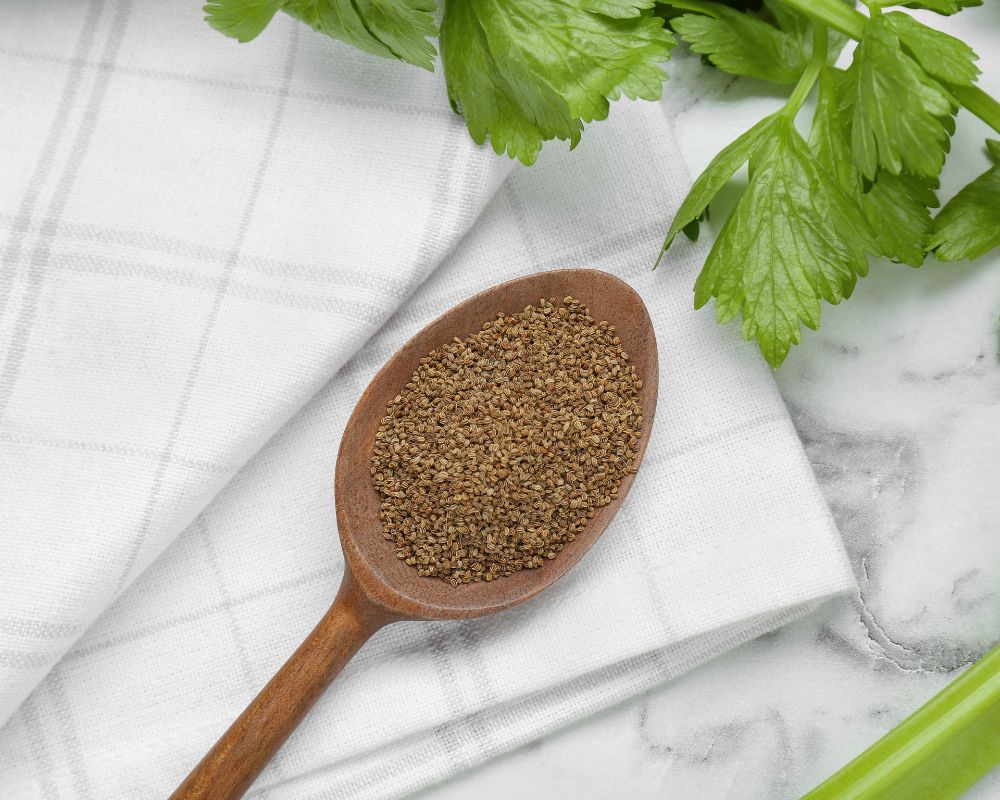
For people who can’t eat salt but still want a salty taste in their meats, one of the best spices to use is celery seed. Celery seed has a distinct salty taste similar to table salt but without adverse health effects. It has a slightly bitter flavor with notes of grass and hay.
When used as a spice for meats, celery seed can be ground and mixed with other seasonings such as black pepper, garlic powder, and onion powder to create a delicious dry rub. You can also use it in marinades or add it directly to soups and stews for a savory and salty flavor.
Ultimate spice for vegetables to get them salty
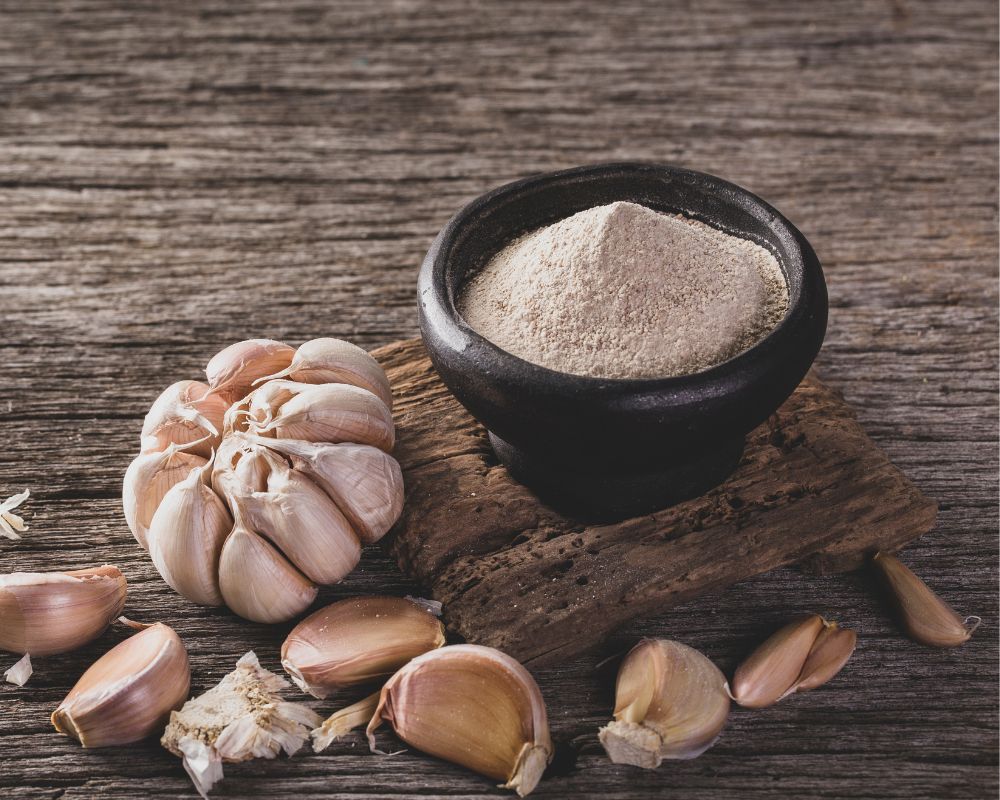
Garlic powder is an excellent vegetable spice to create a salty taste. It has a savory and slightly bitter flavor profile that can enhance the natural flavors of vegetables.
Garlic powder is versatile and can be used on various vegetables, including broccoli, carrots, and green beans. You can also use it in salad dressings or mixed into dips.
Top spices for making salty broths and soups
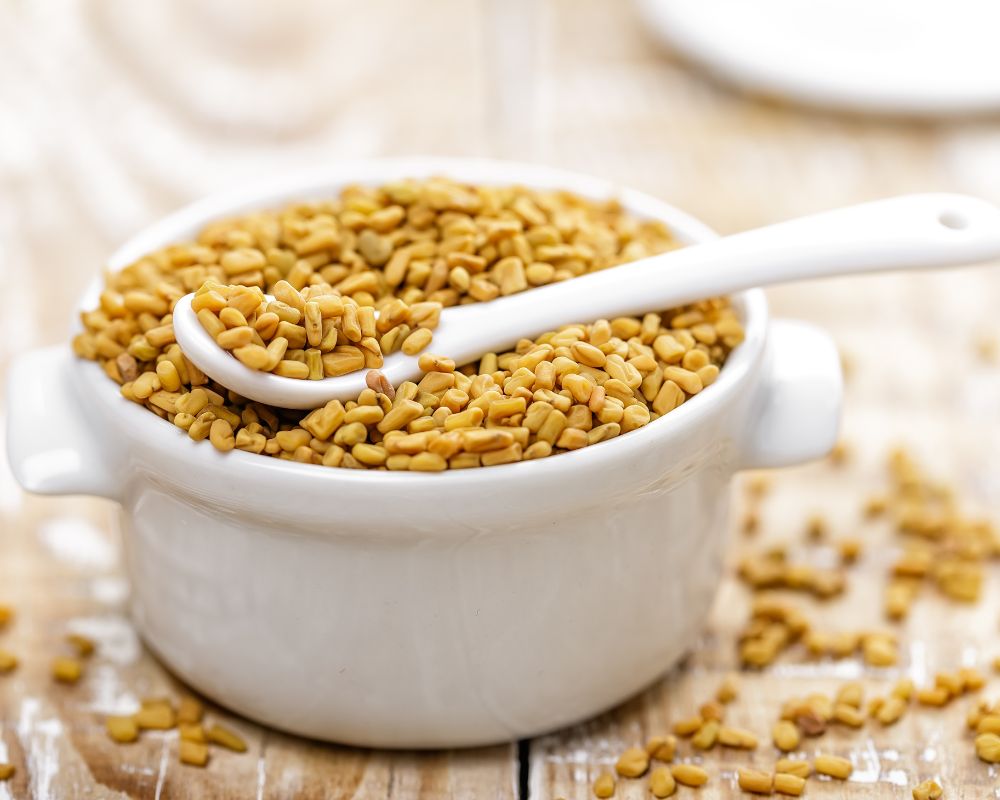

Fenugreek is one great spice for making salty broths and soups for people who can’t eat salt. It has a slightly sweet, nutty flavor with a hint of bitterness. When used in moderation, it can add a savory depth to soups and broths without overwhelming the other flavors.
Another one is seaweed. Dried seaweed is an excellent spice for broths and soups that require a salty flavor. It is a natural source of umami and can be added to the broth or soup while cooking to infuse the flavors. It has a slightly briny taste that can enhance the flavors of seafood broths and soups.

